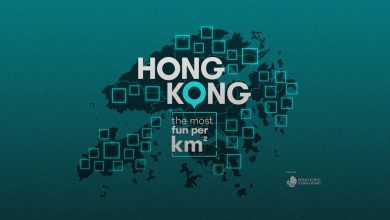MANILA, PHILIPPINES — Listerine has emerged victorious at the 59th Anvil Awards, securing the prestigious Silver Anvil in the Health & Wellness category for its #FightMouthAging PR Campaign.
The Health & Wellness category recognizes the most effective programs that promote health and overall wellness through public relations. The winning Listerine campaign’s results were the result of strategic partnerships, engaging KOL content, and outreach efforts that resonated with audiences across various demographics. From informative social media campaigns to interactive community events, Listerine’s initiatives effectively communicated the importance of oral care in maintaining overall health.
According to the World Health Organization (WHO), approximately 46% of Filipinos already have gum disease by the age of 30, and if not addressed, this may eventually lead to tooth loss. Most Pinoys are led to believe that tooth loss is a normal part of aging, but Listerine’s #FightMouthAging campaign debunks that myth. The campaign educates Filipinos that having a healthy mouth, even as you age, is indeed possible with the right oral health regimen of brushing, flossing, and using Listerine to protect oneself from plaque, cavities, and gum problems – key indicators of a deteriorating mouth.

“We are thrilled and honored to have been recognized by the Public Relations Society of the Philippines for our Listerine #FightMouthAging Campaign. We hope to inspire and educate more Pinoys on the transformative impact of good oral hygiene. Having healthy smiles that last a lifetime is indeed possible with the proper regimen of brushing, flossing, and using Listerine daily”, said Miggy Gamboa, Marketing Manager for Oral Care at Kenvue Philippines.
The 59th Anvil Awards, held annually by the Public Relations Society of the Philippines, recognizes outstanding Public Relations Campaigns and Tools from across the industry.









